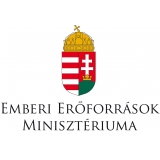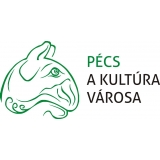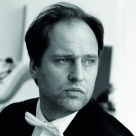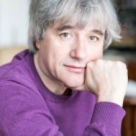Main Sponsors
-
 Reiso Pécs
Reiso Pécs -
 Hotel Lycium****
Hotel Lycium**** -
 Pécs ZOO
Pécs ZOO -
 http://www.mecsekegyesulet.hu/
http://www.mecsekegyesulet.hu/ -
Doro Ékszer
-
 Hetényi Pincészet
Hetényi Pincészet -
 Zsályaliget Élménypark
Zsályaliget Élménypark -
 Fabrik Barkács Szaküzlet
Fabrik Barkács Szaküzlet -
 Katica tanya
Katica tanya -
 E.ON Hungary
E.ON Hungary -
 http://www.ipark-pecs.hu/
http://www.ipark-pecs.hu/ -
 https://www.otpbank.hu/otpklub/Fooldal
https://www.otpbank.hu/otpklub/Fooldal -
 http://www.pecsibalett.hu/hindex.html
http://www.pecsibalett.hu/hindex.html -
 www.lakics.hu
www.lakics.hu -
 Gépszer
Gépszer -
 http://www.kormany.hu/hu/emberi-eroforrasok-miniszteriuma
http://www.kormany.hu/hu/emberi-eroforrasok-miniszteriuma -
 http://www.pnsz.hu/
http://www.pnsz.hu/ -
 http://www.pecs.hu/
http://www.pecs.hu/ -
 Mischl Autóház
Mischl Autóház -
 Öko-Trade Ltd
Öko-Trade Ltd -
 Bóly and Vicinity Savings Bank
Bóly and Vicinity Savings Bank -
 Mecsekerdő Forestry Ltd
Mecsekerdő Forestry Ltd -
 http://www.deltakarek.hu/
http://www.deltakarek.hu/ -
 University of Pécs
University of Pécs -
 http://kloe.hu/
http://kloe.hu/ -
 http://www.lafarge.hu/
http://www.lafarge.hu/ -
 http://www.gondoldo.hu/
http://www.gondoldo.hu/


The Face of the Piano: Dezső Ránki
7 Mar 2013. 19:00 | Kodály Centre
For Grown-Ups | Kodály Series 2012/2013 | Breitner Series 2012/2013 |
- Wolfgang Amadeus Mozart: Piano Concerto in C minor K.491
- Gustav Mahler: Symphony No.9
Programme
Orchestra
Pannon Philharmonic OrchestraConductor

Tibor Bogányi
In 2017/2018, he is spending his seventh season as chief conductor of the Pannon Philharmonic.
Tibor Bogányi is of Hungarian descent and is regarded as the most interesting and talented member of the generation of Finnish conductors. At the age of 28 he was appointed Chief Conductor of… More
Soloist

Dezső Ránki
piano
About the Programme
The use of singing voice in the symphonies of Gustav Mahler represents a breach with the classical forms. Following his Symphony No.8 (Symphony of a Thousand) his new work similar to his previous symphonies was given the title The Song of the Earth, instead of Symphony No.9 having a grim oracle in the history of music. His “real” Symphony No.9 does not test the limits of the genre: it is a traditional, purely instrumental composition of four movements. His particular art of expressing himself first becomes apparent in the changing of the traditional order of the movements. His respect for the ancestors is manifest in the baroque polyphony, the romantic pastoral-atmosphere and the vernacular Austrian melodies. The composition is however the last symphony of Mahler, thus meaning he couldn’t quite manage to fool destiny... The Piano Concerto in C minor by Wolfgang Amadeus Mozart (K491) was composed immediately before his opera Le nozze di Figaro. The playfulness and joyfulness of the opera and the dark moods of the concerto this near to each other in time do all the more underline the amazingly colourful fantasy of their composer. Besides the chosen key the concerto has several other elements setting it aside from traditional works. Such is e.g. the ¾ inclination of the boisterous first movement or the appearance of the rondo – usually reserved for the final movement – in the middle movement.

























